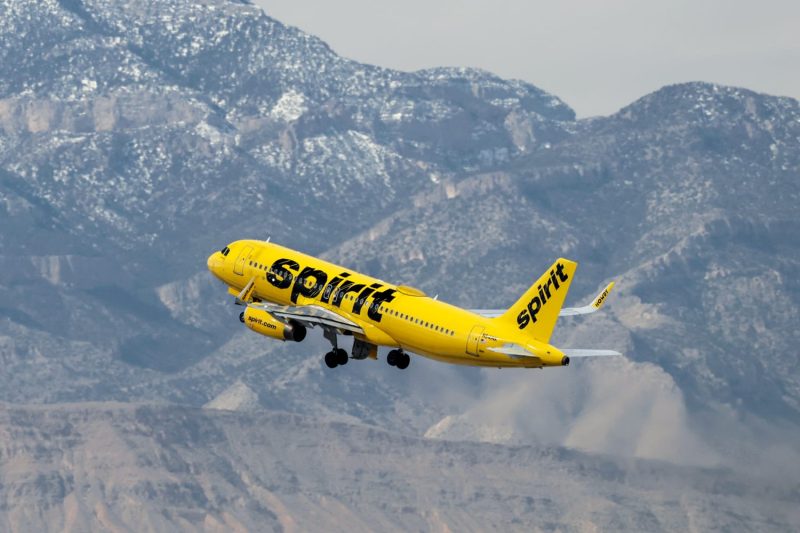The budget airline industry has long been associated with no-frills service, cramped seating arrangements, and basic amenities. However, as competition grows and passenger expectations evolve, airlines like Spirit are reevaluating their business models to cater to a wider range of travelers.
Spirit Airlines, known for its low-cost offerings and a la carte pricing structure, has made headlines recently for its shift towards a more upmarket approach. One of the significant changes introduced by the airline is the blocking of middle seats, a move aimed at providing passengers with a more comfortable and spacious travel experience.
By blocking middle seats, Spirit is addressing a common complaint among passengers flying on budget carriers – lack of personal space. The decision to keep these seats empty allows travelers to spread out and maintain some distance from their fellow passengers, enhancing overall comfort and reducing feelings of overcrowding.
While the move to block middle seats represents a departure from Spirit’s traditional cost-saving measures, the airline is betting that the enhanced passenger experience will attract more customers and help differentiate it from competitors. By offering a more upscale travel experience without significantly increasing ticket prices, Spirit hopes to appeal to a broader segment of the market and capture market share from both budget and traditional carriers.
Additionally, the decision to block middle seats aligns with broader industry trends towards greater emphasis on passenger well-being and safety. In the wake of the COVID-19 pandemic, travelers have become more conscious of health and hygiene concerns while flying. By providing additional space between passengers, Spirit is not only addressing comfort but also signaling its commitment to upholding health and safety standards.
However, the move to block middle seats is not without its challenges. Operating with fewer available seats means that Spirit may need to adjust its pricing strategy to compensate for the potential loss in revenue. Whether the increased demand for a more comfortable flying experience will offset the financial impact of blocking middle seats remains to be seen.
Overall, Spirit’s decision to go upmarket by blocking middle seats reflects a strategic shift towards catering to a broader range of passengers and adapting to evolving market dynamics. By focusing on passenger comfort and safety, the airline is positioning itself as a more appealing option for travelers seeking a balance between affordability and a better flying experience. As the airline industry continues to evolve, it will be interesting to see how Spirit’s upmarket approach fares in a highly competitive market.
